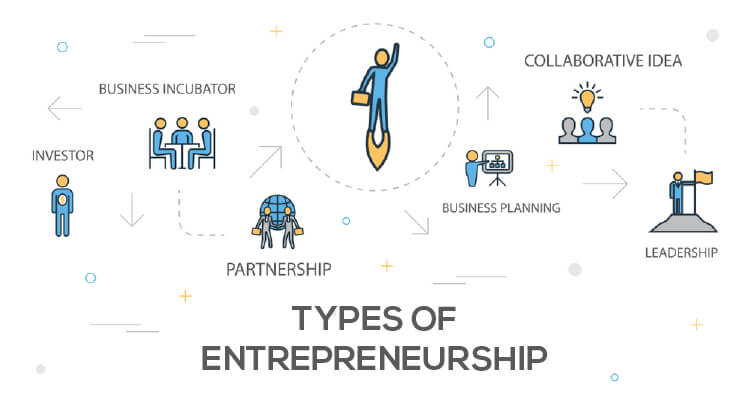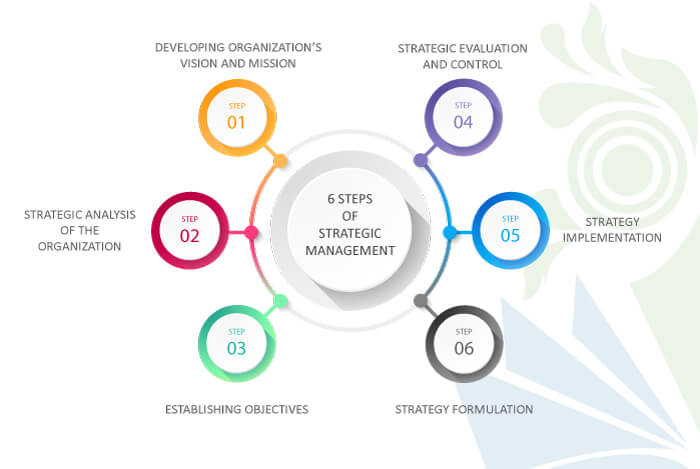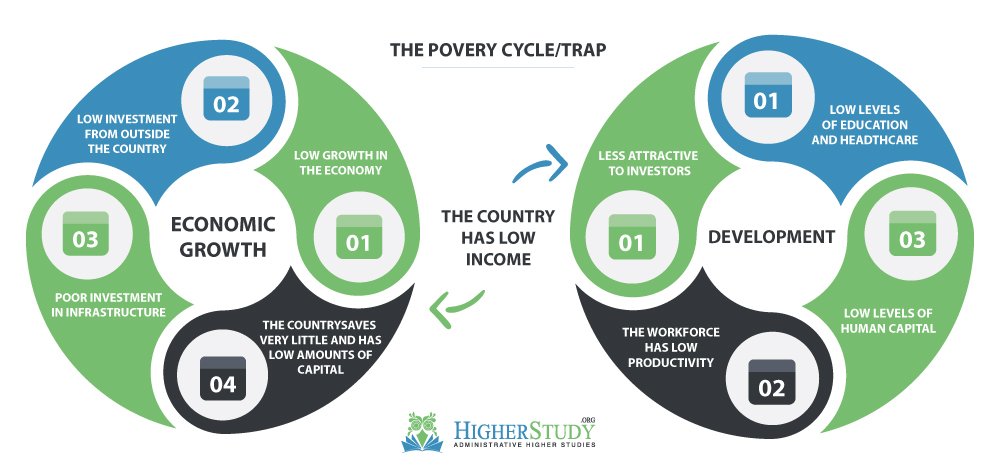Vertical Integration Strategy (Backward and Forward)
The field of competitive strategy choice has a lot of strategy models. Here, a vertical integration strategy is a common name. This strategy consists of another two sub-models. These sub-models are a forward integration strategy and a backward integration strategy. The previous article was on types of cooperative strategy. This article will conceive detail about these topics.
Types of Vertical Integration Strategy:
The Vertical Integration Strategy combines backward integration and forward integration. Vertical integration strategy spreads out the existing business of a firm in three ways. Such as:-
-
- Backward integration (upstream) goes an organization to give some or all of the products used to create its current products.
- Forward integration (downstream) goes the organization into allotting its products.
- Balanced integration (both upstream and downstream) moves in both directions, for instance, forward and backward.
Vertical Integration Strategy is known as a vertical linkage in our country. There may be a backward integration linkage and forward integration linkage.
The vertical integration strategy occurs within the same industry. For a company, vertical linkage involves making raw materials. It buys from other firms and selling products to the end-user directly. When the company absorbs in production, the raw materials backward integration takes place. When it absorbs in straight selling of goods to end-users, forward integration takes place. Thus, vertical integration takes the form of expanding business backward into the sources of supply and forward toward the products’ users. For example, if Berger Paints Co. stats bring out raw materials for paints and found 200 retail stores worldwide to sell its colors to the clients, it is a vertical integration company. BATA, Apex, and Shakti are the cases in point of vertical integration strategy companies.

Suitability of Backward Integration Strategy:
A firm can bring about backward integration by starting its operations in the production of raw materials or items or acquiring a firm already acting the same activities. When the suppliers of a firm are unreliable, or when buying from suppliers is too costly, or when the suppliers cannot meet the firm’s needs, it is wise to go for backward integration. More precisely, backward integration for a firm may be suitable when:-
- The firm’s present suppliers are exceptionally costly, unsure, or unable to meet the needs.
- The number of suppliers is small.
- In multiplying, the firm is in the running in an industry.
- The firm has the resources to manage the new business of supplying its raw materials.
- The benefits of a stable price are above all important.
- The firm wants to gain a needed resource swiftly.
Suitability of forwarding Integration Strategy:
Forward integration in a firm occurs when the firm gains ownership in the distribution of its products. A company may integrate forward into wholesaling or retailing via company-owned distributorships, private dealer networks, or a chain of retail stores. Bata Shoe Company, Pride Textiles, Pizza Hut, and Wimpy have forward integration. Forward integration for a firm may be suitable when:-
- The firm has the required ways and means to guide the distribution function by itself.
- In the running of quality, distributors are limited.
- The firm is competing in an industry that is growing and expects to grow notably.
- It is easy as pie to distribute their products more competitively than unallied distributors and retailers.
- The firm intends to keep going stability in production and demand.
Advantages of Vertical Integration Strategy:
Companies involve themselves in vertical integration to gain a competitive position in the market. Vertical integration suits eye-catching when it can make a stronger company’s competitive place. Profit-wise, vertical integration is likely to be a flop if it fails to produce all the right cost savings and improve the company’s high-tech and competitive strengths. Let us talk over the strategic benefits of vertical integration first for forwarding integration and then for backward integration.
Advantages of Backward Integration Strategy:
- It can gain greater competitiveness by setting up cost savings. It is a piece of cake if the production volume can result in the economics of scale better than the suppliers.
- The technological skills of the company may improve.
- It can produce a differentiation-based competitive advantage. It comes true when the company can provide quality products better than suppliers.
- Competitive odds may also gain if vertical integration takes off the quality of customer service and enlarges final products’ performance.
- It can add to a company’s set apart potential by creating a core attitude.
- On the suppliers of primary raw materials, it reduces the dependence of a company.
- It plays down the risk of becoming vulnerable at the hands of dealers who raise prices of raw materials without valid reasons. Thus, a company may leak itself from the grasps of such adaptable suppliers.
Advantages of forwarding Integration Strategy:
- The leading spirit of forwarding integration is to enhance a company’s competitiveness.
- A company gains greater control over the distribution of products. It may at least partly drop control over sharing when goods are sold through middle persons.
- The firm can raise sales by avoiding dealers and retailers who may not truly push the sales of the company’s products. These mediators may be keener to sell the goods of rivals who offer better charges.
- When a company integrates forward and directly sells products to end-users, it can reduce distribution costs and even lower selling prices.
- By dint of lower distribution costs, the company can produce relative cost favors over specific competitors.
Disadvantages of Vertical Integration Strategy:
- Even if there is scope to obtain tools at a low-cost cost from outside sellers, vertical integration firms cannot avail of this chance. Because they have, by this time, sealed themselves into in-house deeds.
- It may block scarce fiscal assets in some value chain doings of the trade and thus inhibit the firms from investing in other profitable ventures.
- As the vertical integration, firms can bitterly keep their new investments in the forward and backward actions they hold back investing in study and growth.
- It raises business risk because of change and more funds in the other steps of business goings-on.
- As the vertical integration strategy firms become less supple due to belief in in-house actions and own bases of supply, they may, in the end, face harm in reacting to client mandate for a diversity of products.
- Backward integration into the creation of works and parts may shrink a firm’s elasticity in its built-up action. In technologically been around industries (such as computers), outsourcing unit production is often cheaper than production by a firm itself.
- When a firm goes for forwarding or backward integration or both, they require different skills and capabilities to manage its integrated business activities. The serenity of this must is costly and may not as a final point be worthy.



